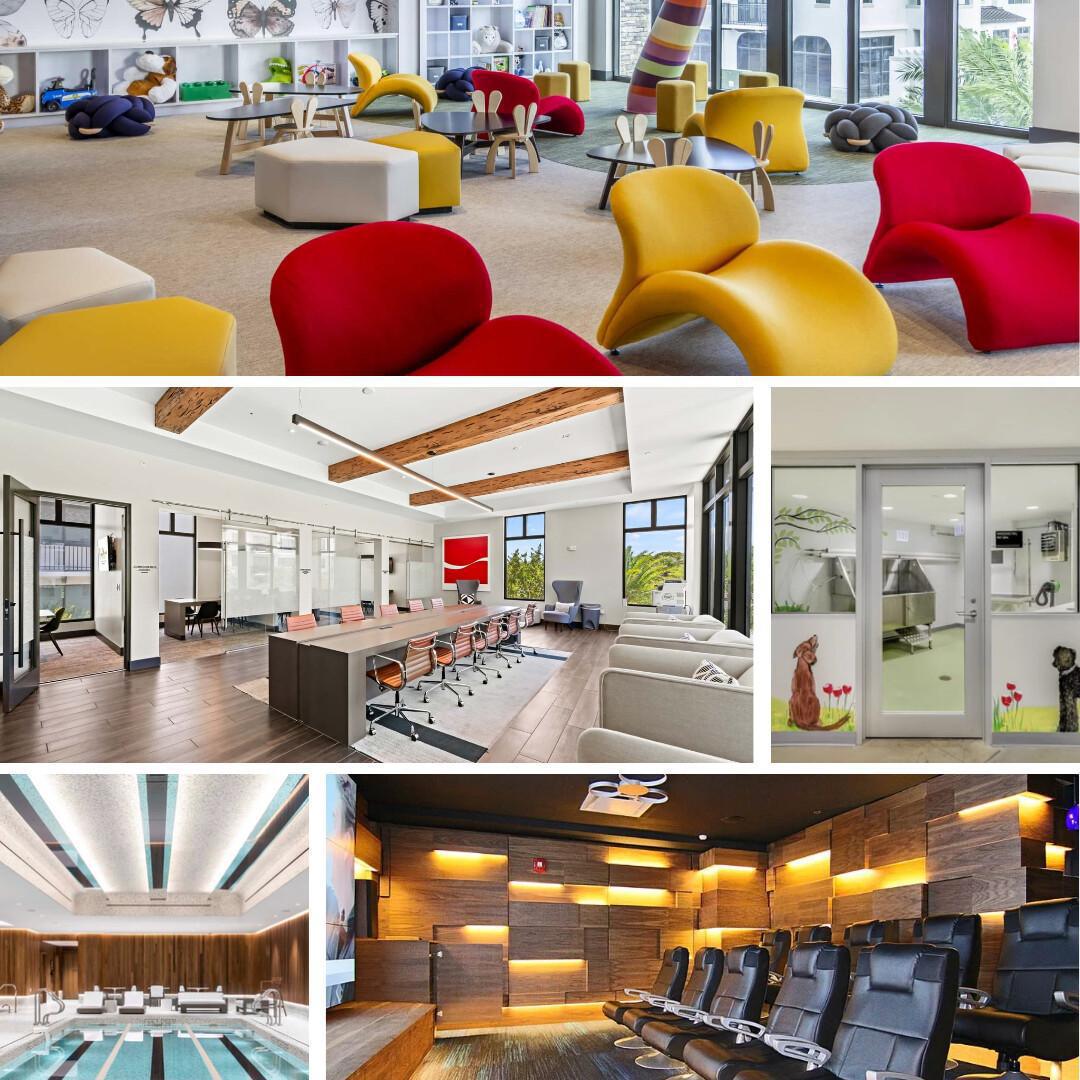Multifamily apartment amenities have transformed dramatically through the decades, evolving from basic necessities to sophisticated lifestyle enhancements that significantly influence property values and resident satisfaction. These features, ranging from on-site facilities to services and technological integrations, have become crucial differentiators in the competitive rental market. The continuous evolution of amenities reflects changing societal needs, technological advancement, and shifting lifestyle preferences among urban dwellers. As communities become more amenity-focused, the definition of "standard features" continues to expand, challenging property managers and developers to innovate constantly.
Early Amenities: 1920s-1950s
Before the 1920s, basic indoor plumbing and electricity were considered luxury features in apartment buildings. By the 1920s and 1930s, these utilities had become standard in most urban developments, setting a new baseline for residential comfort. The post-World War II housing boom of the 1950s introduced community laundry rooms and dedicated parking facilities as common features.
Recreational and Wellness Amenities: 1960s-1970s
The prosperity of the 1960s ushered in recreational amenities like swimming pools, while the 1970s saw the rise of fitness centers in upscale complexes, reflecting growing interest in leisure and wellness.
Enhanced Amenity Packages: 1980s-2000s
The 1980s marked a significant shift as property developers recognized the competitive advantage of enhanced amenity packages. Business centers emerged to serve the growing number of computer users, while controlled-access systems became standard security features. The 1990s and early 2000s saw the rise of pet-friendly amenities, including dog parks and grooming stations, acknowledging pets as integral family members. This period also witnessed the integration of technology into everyday apartment living, with features like online rent payment systems and community intranets becoming commonplace.
Pandemic-Driven Changes: 2020
The COVID-19 pandemic in 2020 catalyzed a dramatic transformation in amenity priorities. Package lockers became essential due to increased online shopping, while enhanced ventilation systems and air purification became standard features. Common areas were redesigned to accommodate social distancing, and high-speed internet infrastructure became crucial for remote work. Private outdoor spaces gained unprecedented value, and touchless technologies evolved from luxury to necessity. The pandemic permanently altered how developers approach amenity planning, with increased emphasis on health, safety, and flexibility.
Post-Pandemic Preferences: Today
Today's amenity landscape continues to evolve in response to post-pandemic lifestyle preferences. Smart home features and robust digital infrastructure are considered essential. Wellness-focused amenities like yoga studios, meditation rooms, and outdoor fitness areas cater to health-conscious residents. Social spaces such as co-working areas, private "zoom rooms," and community gardens foster connection while maintaining flexibility for varying comfort levels with social interaction. Modern complexes often feature antimicrobial materials, advanced air filtration, and spaces that can adapt to changing public health conditions.
Future Trends
Looking ahead, amenity trends emphasize sustainability and technological integration. Electric vehicle charging stations, energy-efficient systems, and smart building technologies are becoming standard features in new developments. Properties are incorporating more flexible outdoor living spaces, private workspaces, and health-focused amenities to meet evolving resident needs. As urban density increases and living spaces become more compact, shared amenities play an increasingly crucial role in resident satisfaction and quality of life.
For property investors and developers, understanding amenity preferences is crucial for maintaining competitive advantage and maximizing returns. The key lies in selecting amenities that align with target demographic preferences while balancing implementation costs against potential revenue increases. Industry data suggests that strategic amenity investments can significantly impact property values, though the exact return varies widely based on location, market conditions, and demographic factors.
As resident expectations continue to evolve, successful properties will need to regularly evaluate and update their amenity offerings to remain relevant in an increasingly sophisticated and health-conscious market. This ongoing process of amenity evolution ensures that multifamily properties remain attractive investments while meeting the diverse needs of modern residents.
Related Articles:
- Making Properties Memorable With Amenities (Multifamily Executive)
- Midwestern markets top national rent growth (CoStar)
- Public, private officials respond to residential rent hikes during fires in Los Angeles (CoStar)
- Commercial property valued at $1.9 billion estimated to fall within Palisades and Eaton fire perimeters (CoStar)


